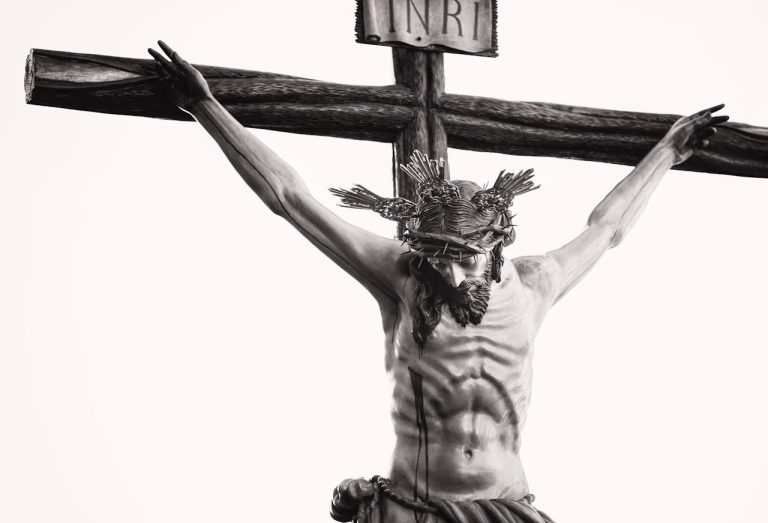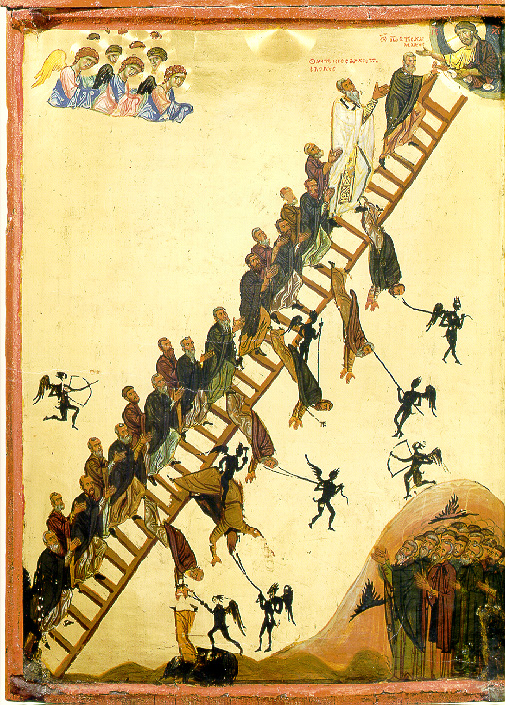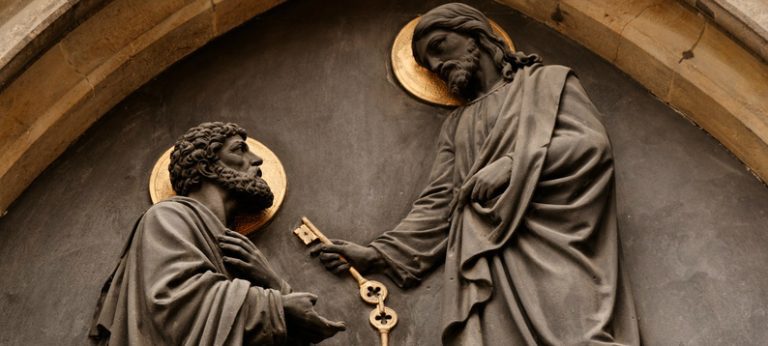Catholic Fundamentalism believes that money is a human form of energy/time transfer. Money is a measurement of the time and effort that must be expended to obtain each unit of it. Today, in the United States, a basic unit of money is one dollar. Accumulating eight of them in an hour provides something slightly above the minimum wage.
The Loving Programmer programmed human beings with the capacity to develop money so we could organize systems that involved the voluntary, or semi-voluntary, efforts of large numbers of people. It was also provided to provide a handy medium to measure how much we may think that money and what it obtains are more important than loving God and our neighbors.
In a day when people are worried about inflating and deflating values of goods, services, and money, Catholic Fundamentalism says, “Don’t worry.” Worrying is pointless. The more we understand, the less we see that there is to worry about.
As a form of effort transfer, it’s easy to see and understand money if we think about something as prosaic as a wooden Adirondack lawn chair. When they began to be made, in the last third of the 1800s, trees were cut. Logs were dragged, and often floated, to a sawmill. There, the logs were cut into planks. A furniture maker bought the planks, put them on a wagon, and took them to his shop. His shop had lots of designs from which a customer could make a selection. He measured, sawed, beveled, and fastened the boards together to make the desired chair. It was then sanded, primered, and painted. If he or his employees had free time, they may have made “spec chairs” and featured them in the shop window or set them outside until they were sold. It may have taken, all told, about a day to turn the boards into an unpainted chair. Let’s say that the chair sold for $10.00 in that day’s money.
Most towns and neighborhoods had cabinet makers. They liked making Adirondack chairs in their spare time. So did local carpenters, many of whom bought band saws for that express purpose. As more people purchased band saws, the price of band saws dropped. Then, even more people began making their own Adirondack chairs. Some with large, modern band saws made lots and lots of chairs. Improved designs included hinges that allowed them to be folded. That let them be shipped, and allowed the retailer and end user to more easily store them. Such changes put some of the smaller and less adaptive producers out of the Adirondack chair business.
During this entire process, it still took about a day for a skilled craftsman to make an Adirondack chair.








